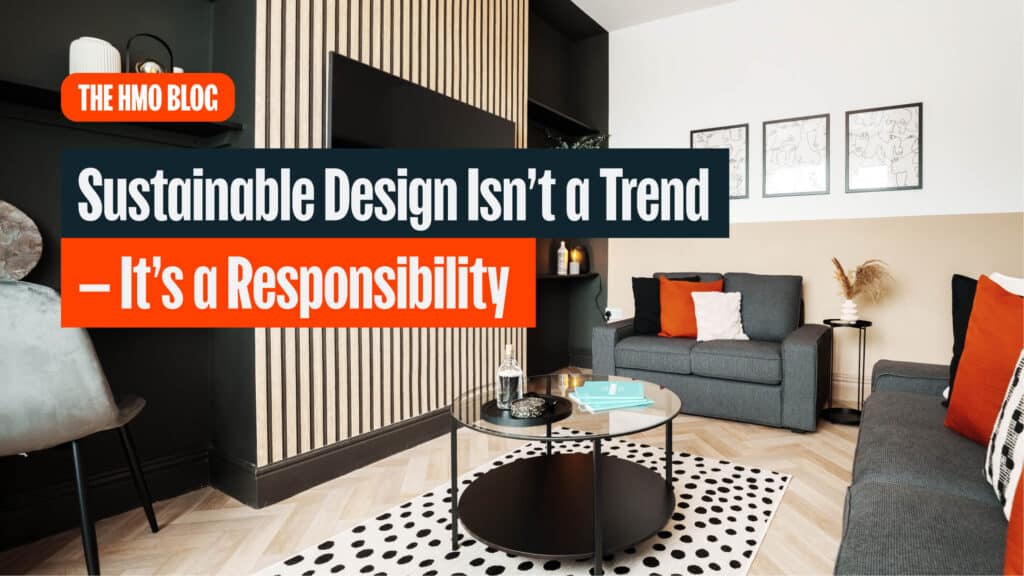
Photo by Elite Dwellings
In the property world, “sustainability” often gets treated like a buzzword—a nice-to-have feature that can be marketed to attract tenants. But in reality, sustainable design is no passing trend. It’s an obligation. For landlords, developers, and architects alike, creating spaces that are environmentally responsible isn’t just about keeping up with market expectations—it’s about shaping homes and communities that can thrive long into the future.
And nowhere is this more important than in the growing HMO sector.
Why Sustainability Matters in HMOs
Houses in Multiple Occupation are, by nature, high-use properties. More people mean more energy consumption, more water usage, and more waste. Without thoughtful design, they can quickly become inefficient, expensive to run, and uncomfortable to live in. A sustainable approach changes that, improving both environmental impact and long-term profitability.
For tenants, sustainability often translates into lower utility bills and healthier living conditions. For landlords, it means reduced maintenance costs, stronger tenant retention, and a property that remains compliant with evolving energy regulations.
Designing with Responsibility in Mind
A sustainable HMO isn’t just about solar panels on the roof—it’s about considering every aspect of the building’s design, from the ground up.
1.Energy Efficiency First
Start with insulation and airtightness. Upgrading walls, roofs, and floors to high thermal performance standards reduces heating demand significantly. Combine this with double or triple glazing and efficient heating systems—such as modern condensing boilers or, where possible, heat pumps—and you’ll have a property that’s cheaper to run and more comfortable year-round.
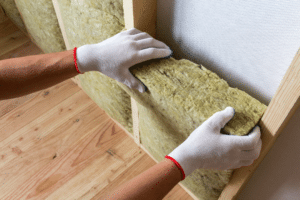
2. Smart Heating and Lighting
Install thermostatic radiator valves, zoned heating controls, and LED lighting throughout. These aren’t expensive additions, but they can dramatically cut energy waste in a multi-tenant property.

3. Durable, Low-Impact Materials
Choosing finishes and fixtures that last longer reduces both waste and future refurbishment costs. Opt for responsibly sourced timber, recycled materials, and paints with low VOC content to improve indoor air quality.
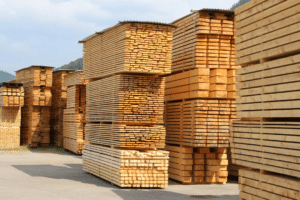
4. Waste and Recycling Facilities
Make it easy for tenants to recycle with clear bin systems and adequate storage for waste. Poor waste management in shared housing can quickly undermine an otherwise well-designed property.
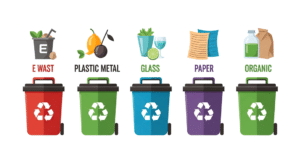
Beyond the Building: Encouraging Sustainable Living
Design is only part of the story. The most successful sustainable HMOs also encourage sustainable habits. This might mean providing secure bike storage to reduce car use, installing drying racks to cut down on tumble dryer reliance, or even incorporating shared gardens for growing food.
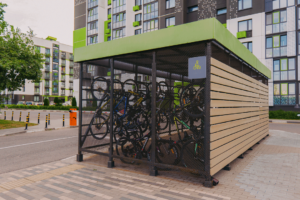
The Payoff for Landlords
Sustainable design isn’t just an ethical choice—it’s a business one. Energy-efficient properties attract more interest from tenants, can command higher rents, and are better positioned to meet tightening EPC (Energy Performance Certificate) regulations. Over time, operational savings and reduced void periods can outweigh initial investment costs.
Sustainability isn’t about following a fleeting design trend—it’s about creating housing that works for people, the planet, and the bottom line. For HMOs, where resource use is amplified, the responsibility is even greater. The question isn’t whether you can afford to make your property sustainable—it’s whether you can afford not to.

About the Author:
Mary and Andrew are architects, designers, and, most importantly, HMO investors. They combine their knowledge of HMO investing with their 20+ years of experience in architecture to help investors maximise the potential in their projects through layout optimisation and high-end design. Learn more about Mary and Andrew here.